Natural disasters are catastrophic events caused by the Earth’s natural processes. They can include events like floods, hurricanes, tsunamis, and earthquakes. Throughout its 4.54 billion-year history, the Earth has experienced numerous natural disasters. Some of these events have even caused mass extinctions and significant impacts on the species that managed to survive.
Understanding what is natural disaster
A natural disaster is an event that happens due to natural forces, leading to significant destruction. This can result in loss of life, injuries, and destruction of property. Some examples of natural disasters are hurricanes, floods, droughts, wildfires, volcanic eruptions, earthquakes, landslides, and tsunamis. There are plenty of categories that we can use to distinguish natural disasters, but here are the fundamental three:
Geological disasters: A geological disaster also known as a geologic hazard, is a natural disaster that can seriously damage people and their buildings. These disasters usually happen because of geological processes like earthquakes, volcanic eruptions, landslides, and tsunamis. While these events can take place anywhere on Earth, they tend to happen more often in areas where the tectonic plates are very active.
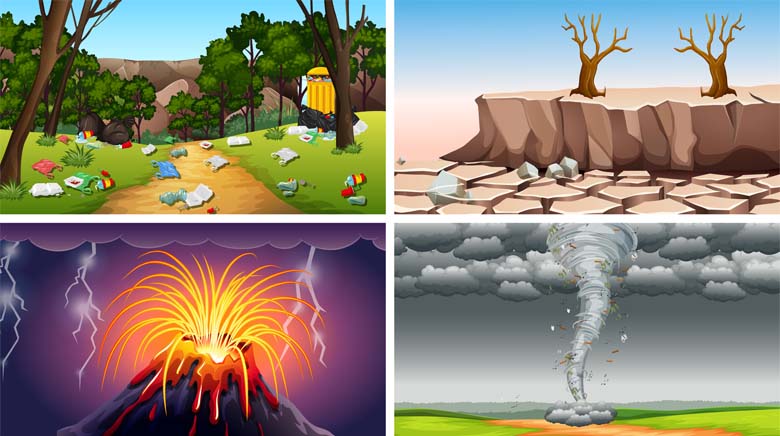
Hydrological disasters: Hydrological disasters are severe and damaging alterations in the quality of water on our planet. These disasters can be caused by significant climate events such as droughts, tornadoes, mudslides, landslides, or floods.
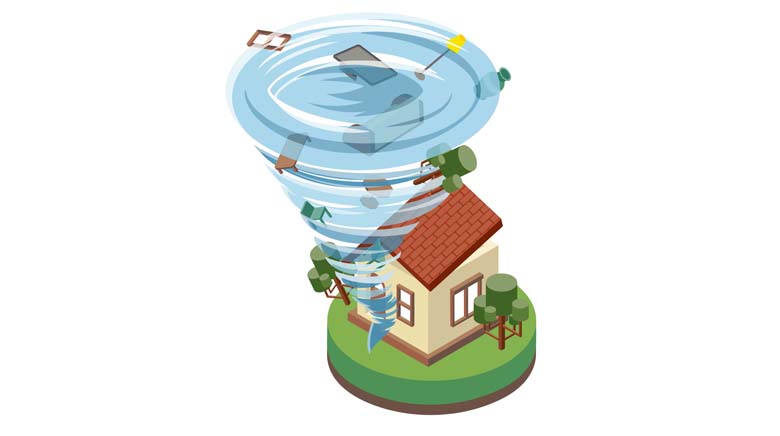
Meteorological disaster: Meteorological disasters are usually caused due to severe weather conditions like heavy rain, snow, or drought. These events impact the Earth’s atmosphere and how the weather develops. These disasters can be harmful to the environment and can cause a lot of damage to life on Earth. Some examples of meteorological disasters are hurricanes, hailstorms, and tornadoes.
Explaining What Causes Natural Disasters
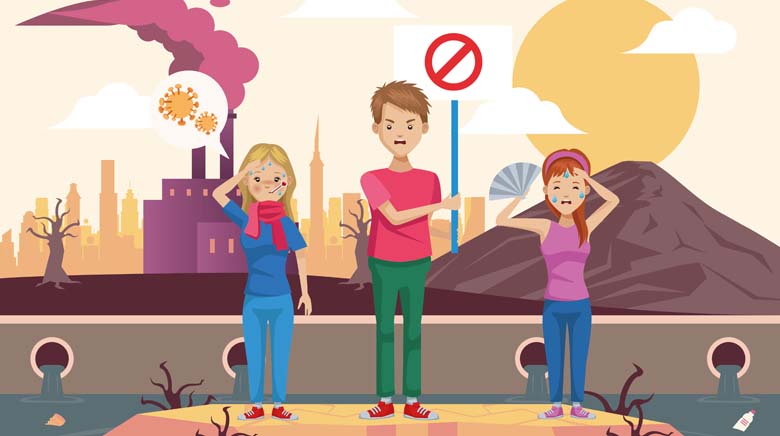
The main causes of natural disasters are tectonic shifts, lunar activities, deforestation, soil erosion, air pressure, ocean currents, pollution, global warming, mining, seismic waves, etc.
Tectonic Activity: The shifting of the Earth’s tectonic plates is responsible for earthquakes and can trigger volcanic eruptions. This movement gradually alters the Earth’s landscape but can also lead to unexpected and devastating events.
Atmospheric Conditions: Disasters related to weather conditions such as hurricanes, tornadoes, and floods, are affected by atmospheric conditions. Elements like temperature, humidity, and wind patterns significantly influence how these events develop and their strength.
Environmental Changes: Natural environmental shifts, like the melting of glaciers or the rise in sea levels, can increase the occurrence and intensity of disasters such as floods and tsunamis.
Human Activities: Although natural processes are the main causes, human actions can worsen the effects of natural disasters. Activities like deforestation, urban expansion, and climate change modify natural systems, which may increase the likelihood of disasters.
Strategies to prevent natural disasters

Natural disasters are unavoidable, but we can take action to lessen their effects. This includes being prepared, educating ourselves, and practising responsible environmental habits.
Creating Strong Infrastructure: It is essential to build structures that can endure natural disasters. For instance, making buildings that can resist earthquakes and raising them in areas prone to flooding can help minimise damage.
Early Warning Systems: Setting up and keeping early warning systems operational can protect lives by giving people a heads-up about upcoming disasters. These systems use technology to spot signs of natural events and notify communities in time for them to take safety measures.
Community Awareness and Readiness: Teaching communities about natural disasters and how to react can greatly lessen their impact. Schools and local organisations are vital in informing both kids and adults about emergency plans, evacuation routes, and safety protocols.
Environmental Protection: Safeguarding natural areas like forests and wetlands can help lessen the impact of natural disasters. These ecosystems serve as natural shields, soaking up excess water during floods or slowing down wildfires.
Tackling Climate Change: Working on climate change is a long-term approach to reducing the occurrence and severity of some natural disasters. Cutting down on greenhouse gas emissions, using renewable energy, and promoting sustainable practices can help stabilise the climate.
Global Collaboration: Disasters often affect multiple countries, so international teamwork is necessary. Sharing resources, technology, and knowledge among nations can enhance disaster response and recovery efforts.
Understanding natural disasters is crucial for everyone, especially kids. Knowing what causes natural disasters and how can we prevent natural disasters equips us to face these challenges effectively. While we cannot stop these natural processes, we can mitigate their effects through education, and technological advancements.
At Mother’s Pet Kindergarten, we are dedicated to fostering awareness and preparedness among our students. By learning about the various types of natural disasters, from the shaking ground of earthquakes to the swirling winds of hurricanes, children can develop a deeper understanding and respect for these powerful natural events. This journey of discovery encourages their curiosity, and inquisitiveness, and lays the foundation for lifelong learning and resilience in the face of nature’s challenges.

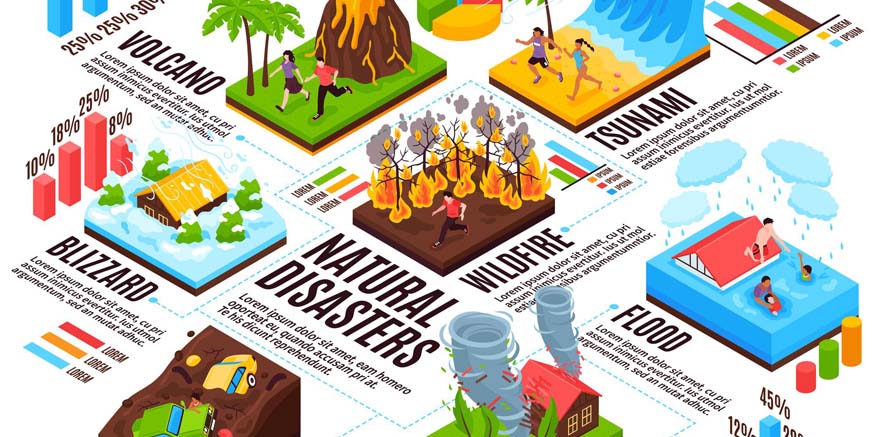

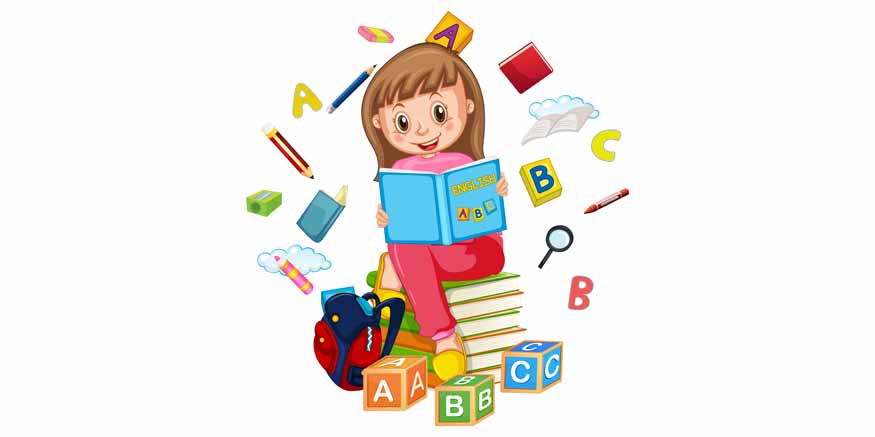


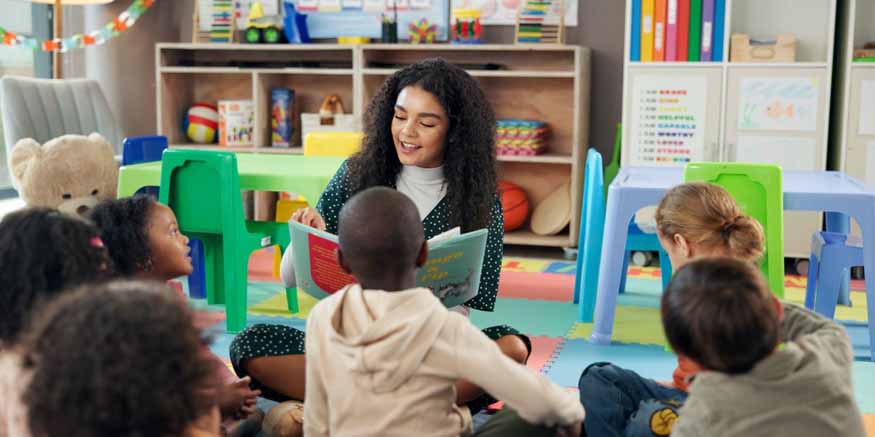

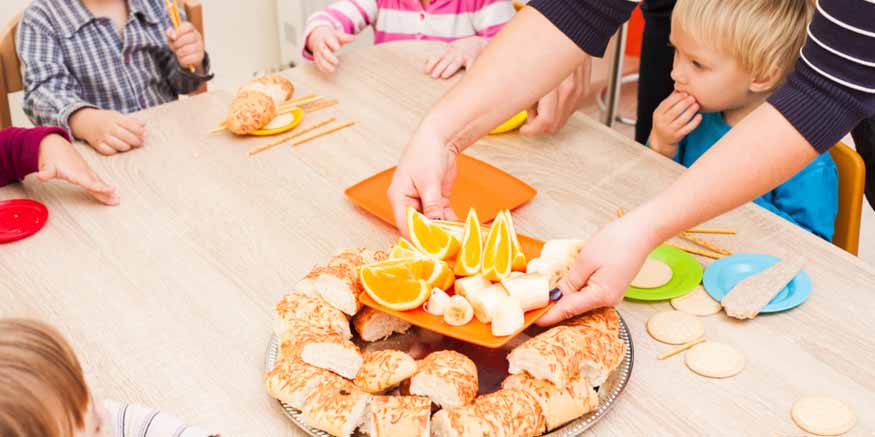

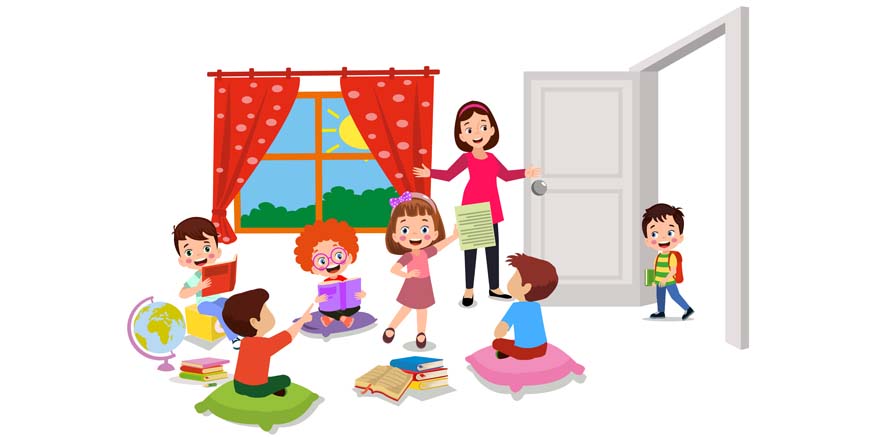


Recent Comments